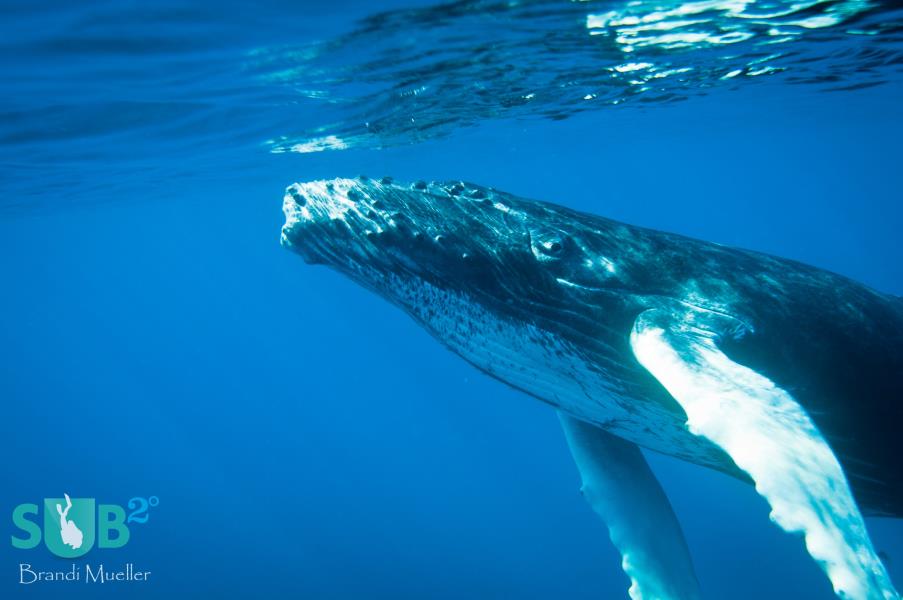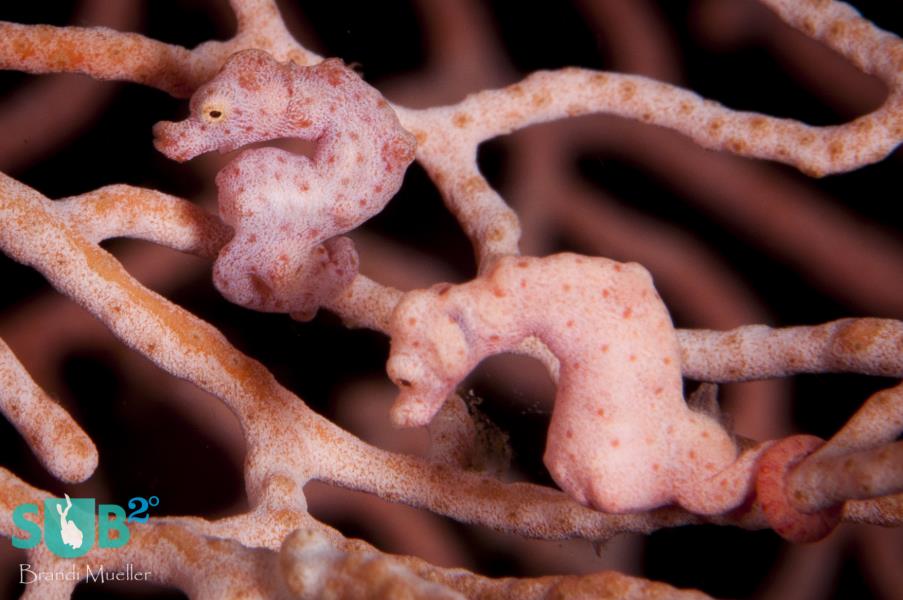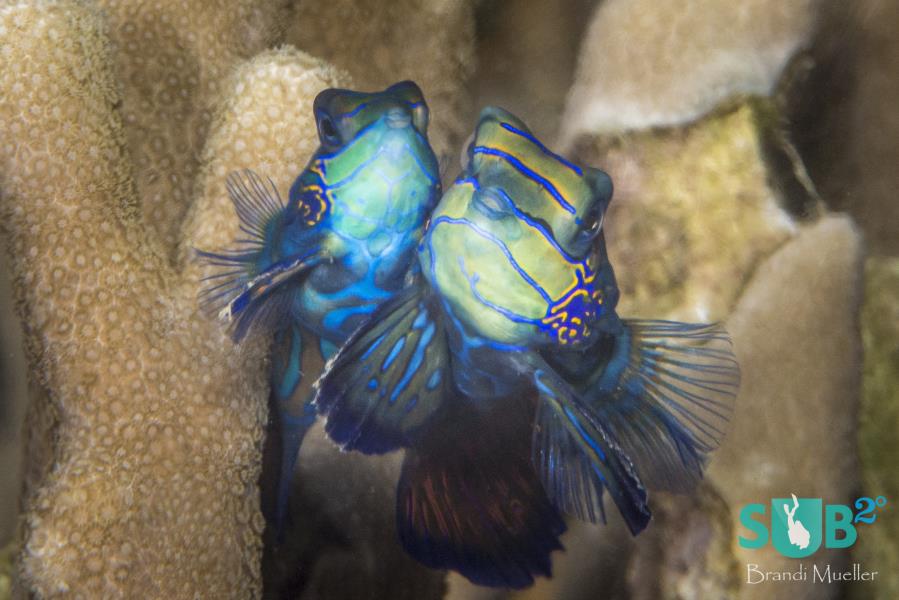
Published
July 20,
2014
Conservation Issues and Threats: African Penguin (Part 2)
In Part 1, I focused on general facts and information on the life history of the African penguin, including predators and other dangers that it faces. Now I will focus on the conservation status, threats, and causes of the rapid decline in the African penguin population.
The African penguin population has plummeted by 90% since the beginning of the 20th Century, when it was estimated that the population consisted of approximately 2 million birds. This was reduced to approximately 147,000 pairs by 1956, and reduced even more dramatically to 26,000 pairs in 2009, with an estimated 21,000 breeding pairs remaining in 2010. It is currently listed as 'Endangered' on the IUCN Red List of threatened species.
Conservation Threats
The initial decline in the African penguin population in the early 20th century is largely attributed to egg collecting and guano harvesting. Penguin eggs – considered a delicacy – were harvested commercially in the early 1900s, a practice that only ceased in 1967. Nearly 600,000 penguin eggs were harvested in one year from Dassen Island alone – that’s 600,000 fewer penguins added to the global penguin population, from just one colony. The harvesting of guano – rich in minerals, nitrates and phosphates – for fertilizer also took its toll on breeding habitats. Penguins scraped burrows into the thick deposits of soft guano, which provided their chicks with protection from predators, heat and cold. However, these deposits were removed by commercial guano harvesters, leaving the islands bare, with sub-optimal breeding habitat for the penguins to nest on.
This has severely impacted nesting success on many island colonies, exposing breeding adult penguins to heat stress, forcing them to abandon their nests and leave their eggs or chicks vulnerable to predation by gulls, or to succumb to the elements. While both these practices are now prohibited and ceased decades ago, with an estimated 28.7 million eggs collected in the Western Cape alone, and 1.8 million tons of guano harvested, the damage to the African penguin population has already been done, and faced with further adversity, they have simply failed to recover.
Food availability is increasingly affecting breeding success and survival of African penguins. Pilchards and anchovies, rich in protein and oil, form the bulk of the diet of African penguins. The breeding season has typically synchronized around migration patterns and seasonal abundance of these schooling fish. However, overfishing and environmental shifts in the availability of prey species is having dire consequences on breeding success of many marine seabirds, but particularly the African penguin, who are restricted by the availability of breeding habitat.
Other conservation threats include: competition with Cape fur seals for breeding habitat on offshore islands; outbreaks of disease such as Newcastle disease, aspergillosis, and avian malaria; negative effects of marine pollution – particularly from oil spills, and entanglement in discarded fishing line. In 2000, an oil spill from the sunken Treasure resulted in the removal of 40,000 breeding penguins from Robben Island and Dassen Island, 20,000 of which were oiled and consequently rehabilitated before being released. Should an oil spill of this magnitude reoccur, it would devastate the current severely compromised African penguin population overnight.
For any species to maintain a stable population, the most critical issue is breeding success – without new recruitment into the population, the population will steadily decline. This is exacerbated if adult survival is compromised as well. In order for penguins to breed successfully, and for chicks to survive to breeding age, two basic requirements have to be met: they need suitable breeding habitat; and they need an adequate supply of high quality food to successfully raise their young. The latter is also a requirement for adult survival, particularly to tide them over the land-bound phase during molting, where birds in poor condition may not survive the three weeks that they cannot go to sea to feed.
Conservation Efforts
Current African penguin conservation efforts are focused on both breeding habitat and food supply. Chick survival is being addressed by improving breeding sites with artificial nest boxes and burrows, removing chicks to be hand reared at SANCCOB when parents abandon nests, and closing fishing grounds surrounding breeding islands.
Why Conserve the African Penguin?
The African penguin is an iconic symbol of marine conservation in the region. It is an endearing creature that touches the hearts of many, and epitomizes what marine conservation is all about. It also plays an important part in eco-tourism, with revenue from eco-tours to many offshore breeding islands (Robben Island, Dyer Island), as well as mainland colonies (Boulders Beach, Stony Point) contributing both to the local economy and to marine conservation efforts. Management interventions put in place to conserve this species may also help protect other marine species from facing a similar plight.
Way Forward...
As African penguins are constrained by both breeding habitat and food availability, their plight is unique in that they are tied to their breeding colonies on one hand, but restricted by food availability on the other. In order to successfully raise their young, and to ensure their own survival during the demands of molting and breeding stages, they need access to a readily available food supply situated within close proximity to the breeding colony.
If we wish to save the African penguin from extinction, it is imperative that conservation organizations work together to manage the species holistically, taking all factors into consideration in their management approach.
Go back to Part 1
Featured Posts
-

Humpbacks of the Silver Bank
Nothing compares to being in the water with a 40 foot humpback whale. These beautiful and graceful animals are nothing short of amazing. The Silver Bank is a winter gathering place for humpbacks and more recently, snorkele...
-

On Seahorse Love
When boy meets girl in the world of seahorses a beautiful and often extensive courtship occurs. They change colors and entwine their tails. Then they rise off the seafloor and the female deposits her eggs into the male’s p...
-

Mandarinfish-The Courtship Dance
On the reefs of the Pacific, twilight marks the beginning of the mandarinfish courtship dance. A male begins dancing, and if he’s desirable, an interested female will join. Just before the sun sets, the two fish will rise u...


Load more comments